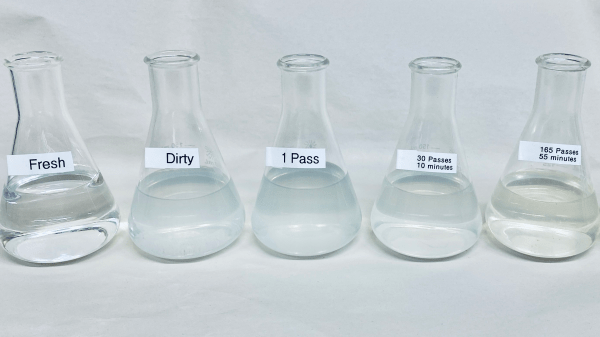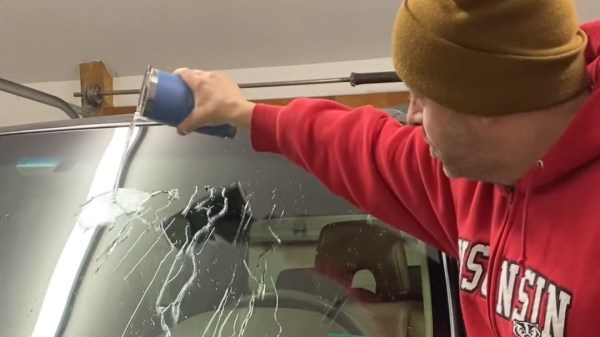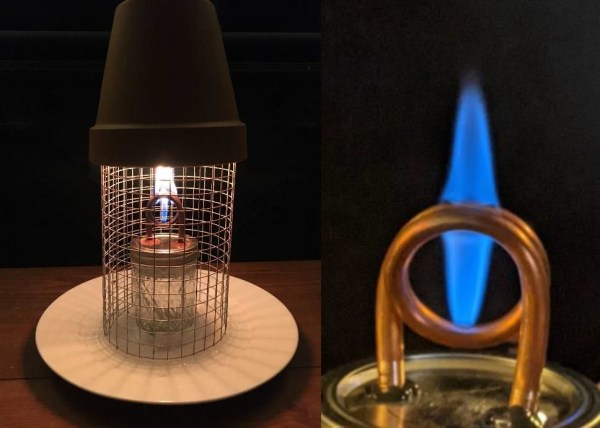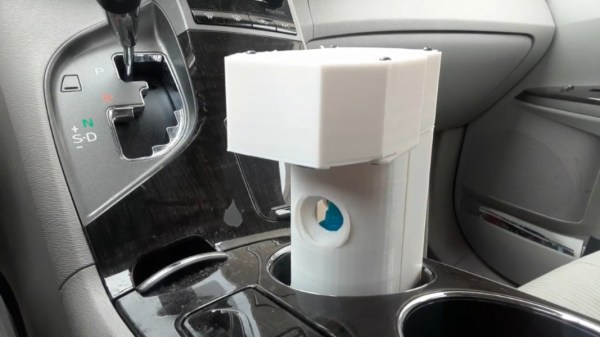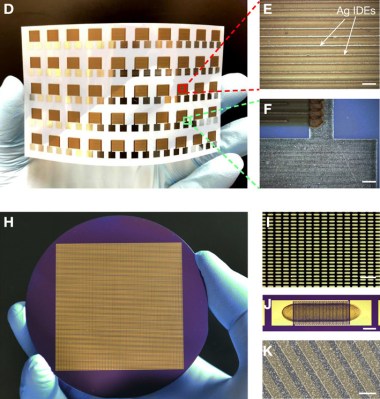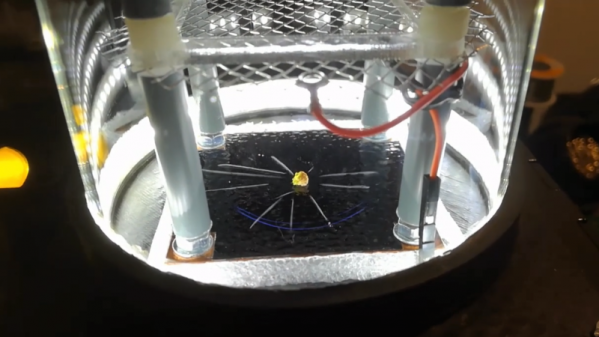There’s a lot to like about resin 3D printing. The detail, the smooth surface finish, the mechanical simplicity of the printer itself compared to an FDM printer. But there are downsides, too, not least of which is the toxic waste that resin printing generates. What’s one to do with all that resin-tainted alcohol left over from curing prints?
How about sending it through this homebrew filtering apparatus to make it ready for reuse? [Involute] likens this process to dialysis, and while we see the similarities, what’s going on here is a lot simpler than the process used to filter wastes from the blood in patients with failing kidneys — there are no semipermeable membranes used here. Not that the idea suffers from its simplicity, mind you; it just removes unpolymerized resin from the isopropyl alcohol rinse using the same photopolymerization process used during printing. Continue reading “Clean Up Your Resin-Printing Rinse With Dialysis”

